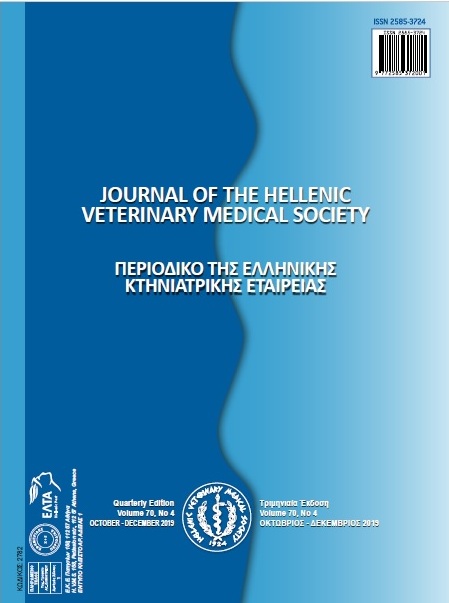The Phenotype Variability, of the Racka Sheep in the Republic of Serbia

Abstract
The intensification of sheep production, by permanent genetic selection and the development of breeding technology, has led to the creation of highly productive sheep breeds. In this way, many highly productive breeds were created which could demonstrate their high production potentials only under perfect conditions of nutrition, accommodation and care. Preservation of indigenous breeds is of great importance in order to protect and safeguard those breeds and, in this way, it is possible to restore some of the characteristics that are lost during intensive selection, which are mostly related to resistance. The Racka sheep (Serbian: Vitoroga žuja) is considered to be an autochthonous breed and a genetic resource in the Republic of Serbia. As a primitive breed with low productivity, it offers no economic profitability and, thus, there is no great interest in its breeding. According to the FAO data from 2008-2014, the number of these sheep ranges from 500 to 1000. The objective of this study was to determine the phenotypic variability and to assess the external measurements of the Racka sheep. One-hundred fifty Racka breed ewes were included in this study. The effects of three farms on the phenotypic characteristics and their body indexes were calculated. The significance of the research is reflected in the advancement of this breed and in the assessment of the possibilities of selection work in these herds.
Article Details
- How to Cite
-
PIHLER, I., ĆIRIĆ, J., KUČEVIĆ, D., DRAGIN, S., AL-HASANT, M., ŠARAN, M., ZARUBICA, B., & TSAKMAKIDIS, I. (2020). The Phenotype Variability, of the Racka Sheep in the Republic of Serbia. Journal of the Hellenic Veterinary Medical Society, 70(4), 1789–1796. https://doi.org/10.12681/jhvms.22221
- Issue
- Vol. 70 No. 4 (2019)
- Section
- Research Articles

This work is licensed under a Creative Commons Attribution-NonCommercial 4.0 International License.
Authors who publish with this journal agree to the following terms:
· Authors retain copyright and grant the journal right of first publication with the work simultaneously licensed under a Creative Commons Attribution Non-Commercial License that allows others to share the work with an acknowledgement of the work's authorship and initial publication in this journal.
· Authors are able to enter into separate, additional contractual arrangements for the non-exclusive distribution of the journal's published version of the work (e.g. post it to an institutional repository or publish it in a book), with an acknowledgement of its initial publication in this journal.
· Authors are permitted and encouraged to post their work online (preferably in institutional repositories or on their website) prior to and during the submission process, as it can lead to productive exchanges, as well as earlier and greater citation of published work.


